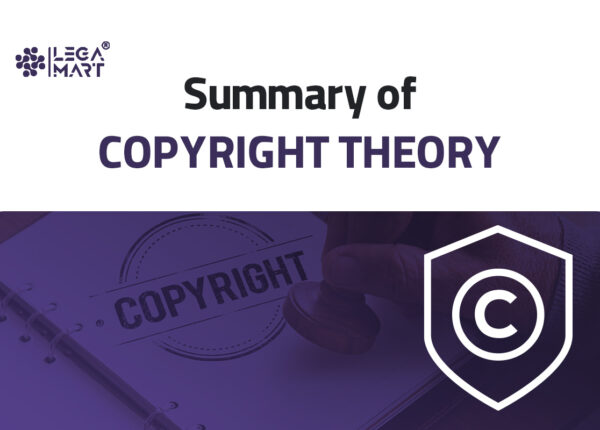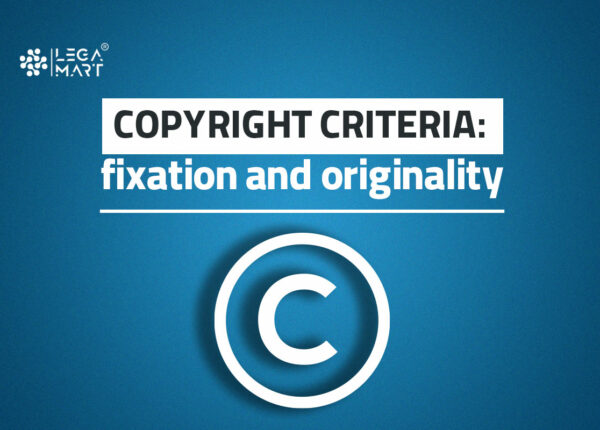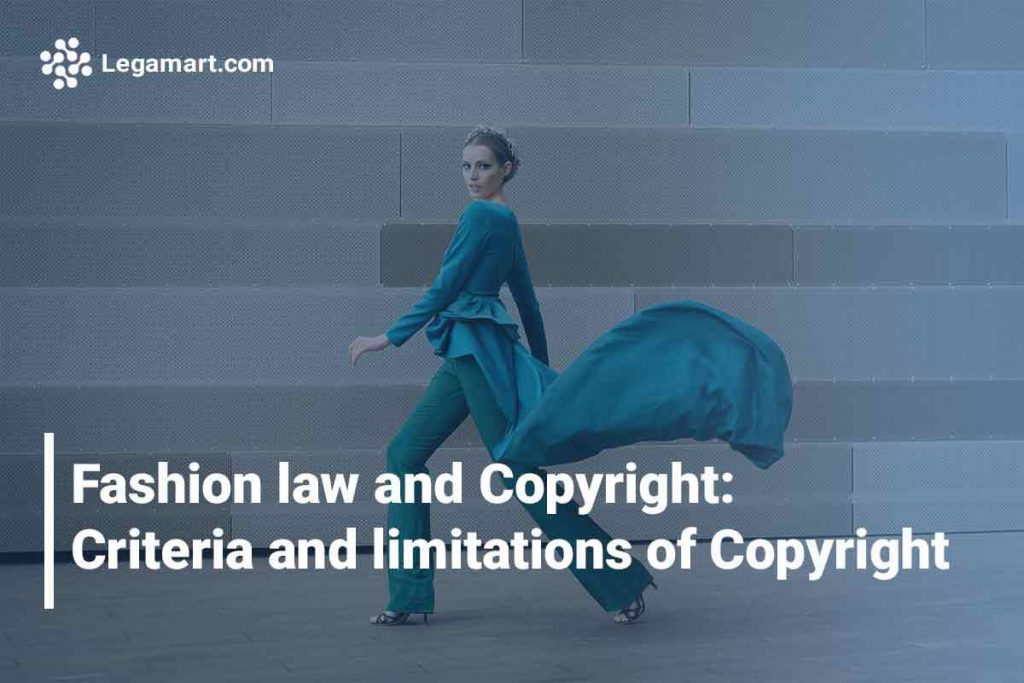A Bit of the Fashion Law
If we want to focus on fashion law deeply, we should point out that this is a business law speciality dealing with the legal issues facing fashion and lifestyle companies, including their retail operations. This dynamic field, a growing area within Legal Practice & Specialization, is crucial for navigating an industry that consistently generates Case Studies & Success Stories worth multi-trillion-dollars in the global economy. About the coverage of this industry, we must mention that it covers apparel, accessories, footwear, beauty, perfume, eyewear, textile, and the retailers selling them to the consumers.
For a better look, it is necessary to consider that the fashion industry consists of four levels: the first one: is raw material productions such as textile and skin; the second: is fashion designers and manufacturers productions; the third one is for retail sales of those products and finally, advertising, promotion, and marketing of those products and the brands they represent.
All these levels, A to Z, remind us how important it is to focus on the different legal issues like trademarks or copyright. One of the most challenging issues is fashion copyright and its various aspects. So, let’s have a look at this problematic and important issue.
Summary of copyright theory

Copyright is a legal protection that doesn’t safeguard ideas or simple facts. Instead, it shields the unique and creatively expressed selection and arrangement in their tangible form. To claim copyright, there are essential requirements:
- Fixation: The ideas must be recorded or saved in some tangible medium, like writing or digital storage. Copyright is automatic upon fixation, though official registration can provide advantages.
- Originality: Copyright applies only to original expressions of ideas, not the ideas themselves. Quality or uniqueness isn’t necessary; even subpar work is protected. Independently created works that happen to be similar are individually eligible for copyright protection.
- Minimal Creativity: Mere hard work isn’t enough for copyright protection. There must be at least a minimal level of creativity involved. For example, a simple list of toy parts might not qualify, but instructions for assembling those parts could. Similarly, a plain telephone white page lacks copyright protection, while a categorized Yellow Pages directory or a website facilitating white page searches might be eligible.
The purpose of copyright is to benefit society as a whole. It’s easy to lose sight of this broader perspective in day-to-day dealings with copyright. Still, it’s critical to remember, especially considering ways to improve the current copyright system. With roots in law, philosophy, and economics, copyright theories consider the benefits copyright should provide and how such benefits can be obtained most effectively.
In other words, when and why should copyrights be established? What should be the extent or limit of those rights? Copyright law addresses a specific issue known as the common resources problem of information. It works like this: data, such as a new song or a necklace design, is often expensive to produce but inexpensive to copy.
Copyright law taxes consumers and future creators to benefit past and current creators. As with all taxes that redistribute income from one group to another, copyright law is only worth it if its benefits exceed its costs. Policymakers must determine whether society gets more and better creativity with copyright or without. If the answer is with copyright, the particular form of copyright law should seek to minimize its costs and maximize its benefits.
Fashion is a bit of a gray area, and it should be thought about whether designers’ copyrights are valuable and essential or not! Would it lead to a better world or not? Is it progress? This is not easy to answer, but we can start with this question what exactly is the meaning of “progress” in fashion design? For example, are today’s designs “better” in any meaningful way than designs from the 1990s or the 1950s?! We should consider that fashion never stops, but it never goes anywhere either”!
There is no evidence showing that copyright causes more creativity in fashion design. It sounds wired, but it is the truth! Despite the massive lack of copyright law for fashion design, women’s fashion prices have continuously climbed since 1998.
This fact shows that most creative fashion designers are not suffering too much from the lack of copyright protection. However, as copying becomes more common, the style expands to less affluent members of society. Sooner or later, the copied style loses value in the eyes of the most affluent people, and they seek out a new style.
Ok! Since this is an interminable topic and the fight over it continues, I think we should give up all these doubts and condition discussions, and focus on the scope of copyright protection.
What Does Copyright Law Protect?
As a law student or a legal assistant, you might be aware of this. But let’s have a quick look again; A copyright is a legally recognized property right that guards inventive, original works that have been permanently incorporated into a tangible medium of expression that may be seen, heard, copied, or transmitted.
In the realm of copyright, the key lies in rendering ideas into tangible forms. Take the Notes app on an iPhone, where songwriters translate their lyrics into a tangible, easily replicable format. This transformation from abstract ideas in one’s mind to a concrete medium is at the core of copyright. Whether it’s an oil painting on canvas or a 3D animation converted into a digital file, this “fixation” is what the Copyright Act safeguards. As per the US Supreme Court, originality is pivotal for copyright eligibility, including factual works if they display ample creativity. However, copyright doesn’t extend to pure news elements.
For example, the Notes app on an iPhone can be used by a songwriter to type or “fix” the lyrics into a format that is “tangible” and simple to duplicate. Otherwise, the lyrics are only an “idea” in someone’s head that is difficult to understand or duplicate. Similar to how an oil painter “fixes” their work onto a canvas, another typical “medium of expression” for artists, or how a 3D animator “fixes” their short film into a digital file format, another “medium” that the Copyright Act covers.
Generally, a key element is to consider a work eligible for copyright protection. I want to refer to the US supreme court for this;” to qualify for copyright protection, a work must be original to the author.” We should add “or the creator” to this since, in our case! For clarification, factual works may be registered if they exhibit sufficient originality or imagination to produce elements that qualify for registration. For example, an article in a magazine might be eligible for copyright, but what about the “news elements within? Well, the copyright does not extend to them.
Therefore, once the article publishes for the first time in a newspaper or by the original publication, other publications are allowed to write their articles conveying the same information. This is not the original story’s copyright infringement.
I know! It might seem tedious because you already know these concepts and conditions. But we have fashion designers here reading this article, so we should make them aware of all this information, which I think these lines are clear enough. Now it is time to focus on two critical issues: Copyrightability Criteria and Limitations.
Copyright Criteria: Fixation and Originality

Refer to 17 USC §101 (2012): According to this code, a work must be fixed in a tangible medium of expression for copyright protection. So, for fashion designs, I must say that they should be drowned! If I want to clarify, I should mention that a designer’s copyright protection begins (if it exists) when her pen or finger touches the keyboard and the page. Furthermore, there is no need for registration! But don’t forget that registration is quite important for some reasons comes in the following.
Another point is about the term “original.”
What is its meaning when we talk about its role in copyrightability? I must mention that it does not necessarily mean unique or never seen before! Let’s refer to US supreme court clarification:
“Original, as the term is used in copyright, means only that the work was independently created by the author (as opposed to copied from other works) and possessed some minimal creativity. To be sure, the requisite level of creativity is extremely low; even a slight amount will suffice. The vast majority of works make the grade quite easily, as they possess some creative spark, “no matter how crude, humble or obvious” it might be.
So, the concept owns two different criteria: The work (or a component of it) must be the author’s original work rather than a copy from another source, and (2) the work must exhibit some degree of best practice creativity. Analyzing these requirements is up to the court. Enough clarification! Now it is time to talk about the limitations.
Limitations on Copyright
First, you must consider that despite the copyright laws, protection of works of authorship, many fashion designs do not receive copyrights. For more clarification, I want to discuss “Ideas versus Expressions” doctrines. Let’s see what exactly it is talking about;
Ideas versus Expressions
To start with, It’s important to mention one of the most important principles of copyright law: A writer’s expression, not the underlying concepts she expresses, is protected by copyright solely. Now extend this to fashion designs; If a designer produces an accessory in a butterfly shape or butterfly pined and obtains a copyright for the design, it does not mean that others cannot make a jewel in their butterfly shape or pin. She only gets protection for her version of a butterfly shape or pin.
So, there is no copyright infringement here. In these situations, issuing a copyright would be excessively expensive for the general public and other creators. When there are just a few ways to communicate an idea, those few individuals would essentially control the idea itself if they obtained copyrights on those expressions.
In the world of fashion, it’s essential to grasp the difference between ideas and expressions when it comes to copyright. This distinction plays a significant role in determining what can and can’t be protected under copyright law:
Ideas: Fashion copyright doesn’t cover ideas by themselves. Ideas are like the seeds of creativity, free for everyone to imagine. Think of it as the initial spark, like the concept of designing elegant evening wear or sporty street fashion – these ideas, on their own, aren’t protected by copyright.
Expressions: Copyright comes into play when these ideas are brought to life in a specific, tangible way. It’s about the actual designs, patterns, fabrics, and details that make a fashion piece unique and original. Whether it’s a beautifully tailored dress, a bold graphic tee, or a distinct accessory, these concrete expressions of fashion creativity are what copyright aims to protect.
Copyright safeguards how a fashion idea is transformed into an actual garment or accessory, not the idea itself. This ensures that designers have exclusive rights to their unique creations while allowing others to draw inspiration from ideas and create their one-of-a-kind fashion pieces. It’s a balance that fuels innovation and diversity in the dynamic world of fashion while respecting the creative rights of designers.
Congratulations! You’re Cleared for take-off. What’s Next?
We know almost all about copyright and the conditions; now it is time to know about the most conflicting issues; copyright duration and infringement. What is it all about? How should we approach this? How do the ownership and the infringement work? Too many questions, I know. But we have all the responses here. It is important but easy enough to understand. Let’s see how it works.
Copyright Ownership and Duration
As I mentioned, when a work is fixed in a tangible medium of expression, it becomes a copyrighted work. Although it is wise to register the work with the Copyright Office, the author is not required to do so. An author must register their works before filing an infringement lawsuit, and registering a work before it is infringed can dramatically increase damages. The registration cost is low, and the process is fairly straightforward, so it is generally a smart idea.
The duration of a copyright depends on its creator. A natural person’s copyright on a work extends for the length of their life, plus 70 more years postmortem. Co-authored works last 70 years after the death of the longest-living author. If a work is done for hire, the company is the first owner, and the copyright lasts for 95 years from the date of publication or 125 years from the date of creation, whichever is shorter. When copyright expires, it enters the public domain and is freely usable by others. Ok! I think this is clear enough. What about the infringement? Scroll down and read the next part!
With the proliferation of small businesses in the fashion industry leveraging social media to showcase and sell their creations, it is imperative for these enterprises to comprehend the intricacies of social media copyright infringement.
Copyright law: Protectable and Non-protectable Elements
In the fashion world, copyright law can protect certain design elements, but it’s essential to understand what falls under its umbrella:
Protectable Elements:
- Graphic Designs: Copyright can safeguard the surface designs of fashion items, much like it does for artwork on canvas or paper. For protection to apply, these designs need to demonstrate a minimal amount of creativity. This was clarified by the US Supreme Court in the Star Athletica case, which stated that two-dimensional designs on clothing, including combinations of shapes, colors, and arrangements, are copyright-protectable.
- Textile Designs: Producers of fabrics can rely on copyright if the designs imprinted on the fabric show sufficient creative expression. For instance, intricate geometric patterns on fabric can be protected under copyright.
- Logos: Copyright law can protect logos, provided they exhibit the necessary creativity and originality. Simple logos with common elements may not qualify. In such cases, trademark law may offer better protection for brand logos.
Non-Protectable Elements:
- Color: Copyright doesn’t extend to colors or color schemes. If a designer wishes to protect a signature color, trademark law is the more suitable avenue.
- Cut: Copyright doesn’t cover how design elements are cut and assembled. It affords no right to prevent others from manufacturing clothing with identical shapes and cuts. For protection in this area, designers may consider design patents, which can prevent the replication of a fashion’s specific design.
Depending on the aspects a designer wants to safeguard, trademark or patent law may provide alternative protections for fashion designers.
Infringement
This is about fashion design, and we want to focus on copyright infringement. For this purpose, we should focus on the right to reproduce the work in copies and the right to prepare derivative works. The question is, how similar must the defendant’s work be to the plaintiffs for the copyright to be infringed? If you are a fashion designer, you must notice that for copyright infringement action, you must be the owner of a registered copyrighted work. There are two separate elements: first, the fact of copying, and second, unauthorized appropriation.
Fact of Copying
One of the core elements of copyright is that the individual creation of a work is not a copyright infringement. What is this supposed to mean? It means that if someone’s work is identical in all details to the original designer, it is not evidence and reason for the liability of the defendant for copyright infringement. It should be copied from the plaintiff’s work. If two creators independently create the same expression, neither is an infringer, and both have separate copyrights in their works.
Therefore, a plaintiff must demonstrate that the defendant did copy from the plaintiff. How could she do this? There may be direct evidence of copying at times. Perhaps the defendant will admit to copying from the plaintiff, possibly to design around the plaintiff’s rights.
In many cases, however, the plaintiff will have to rely on circumstantial or indirect evidence of copying. To do so, the plaintiff will typically need to demonstrate that copying was possible by demonstrating that the defendant had access to her work and that copying was likely, by showing that the two works exhibit similarities unlikely to have resulted from independent creation. Now it’s time for the next element;
Unauthorized Appropriation
Competitor copying is not always bad, and it is not always illegal. Copying can increase variety, lower consumer prices, and lead to new competitive breakthroughs. As a result, copyright law does not make all copying illegal. The law aims to identify illegal copying that is likely to harm the plaintiff’s incentive to create significantly. Only those appropriations are considered illegal.
The critical question is how similar the defendant’s work must be to the plaintiff’s for liability to be triggered. The answer is usually determined by the nature of the plaintiff’s work and the level of creativity displayed. The more creative the plaintiff’s work is—and the more room there is for other parties to create their works—the more expansive the plaintiff’s copyright will be. However, when the plaintiff’s work is not particularly creative, or opportunities for other forms of creativity are limited, the plaintiff’s copyright will be frail. Again, the reasons for this doctrine reflect the underlying normative commitments of copyright law—to provide adequate incentives to authors while not unduly burdening consumers and future creators.
That’s a wrap for today’s article. If you are someone from the fashion industry and want to eliminate the fear of copying and protect your work, you must ensure that adequate intellectual property rights are in place, including registration, appropriate permissions, and licensing.
In this situation, a fashion lawyer is all you need, which you can find in LegaMart‘s directory. With more than 999 legal professionals worldwide, we’ll help you find the right fashion lawyer to protect your business and creativity.




